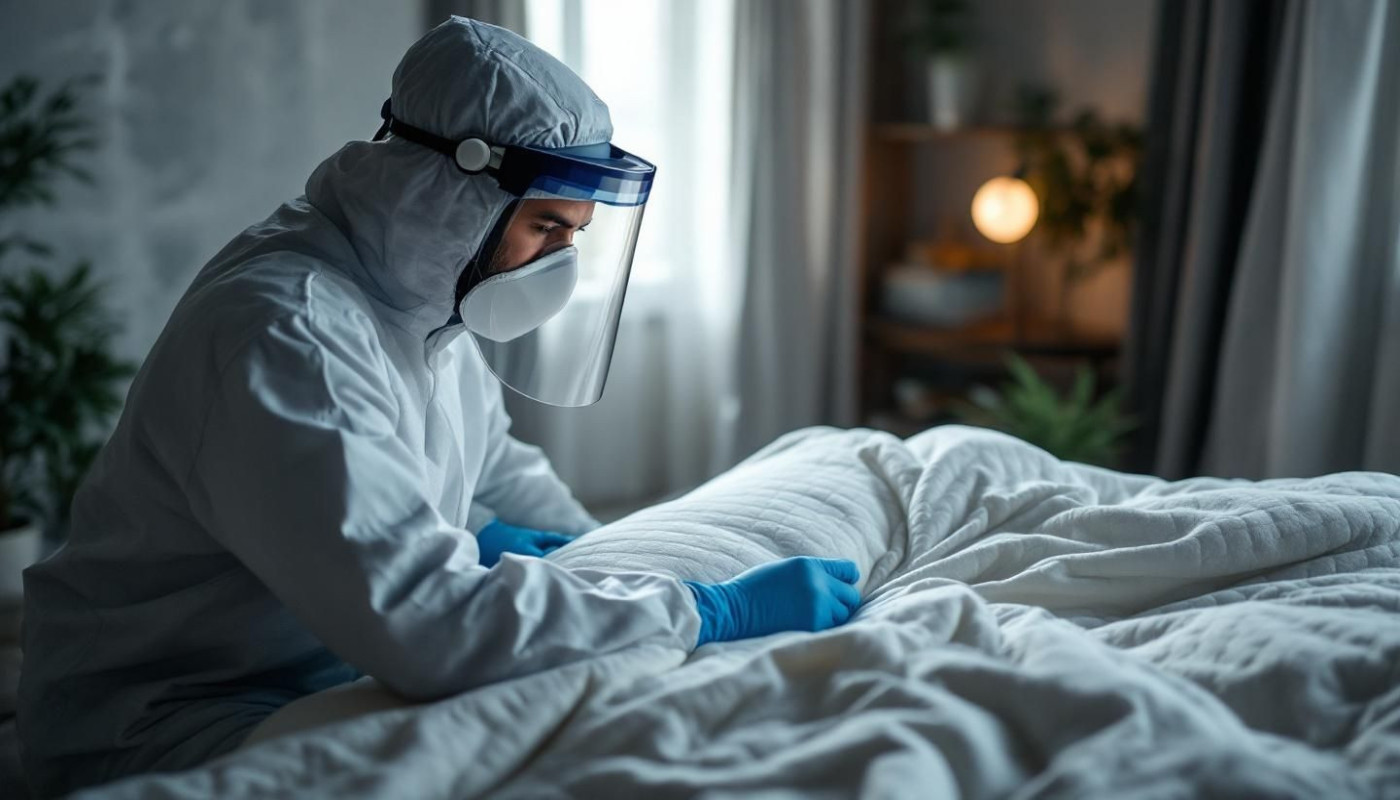Table of contents
Discover why diligent follow-up is the backbone of successful bed bug eradication. While initial treatments can provide relief, the true victory over these persistent pests lies in what happens after. Explore how ongoing attention and professional oversight ensure a bed-bug-free environment, making every step after the first treatment as vital as the treatment itself.
The role of follow-up visits
Follow-up visits play a pivotal part in the pest control process for bed bugs, as they reinforce eradication success and help prevent reinfestation. Certified pest management professionals are tasked with conducting these visits, which usually involve a comprehensive bed bug inspection to identify any lingering pests or signs of resurgence. Residual activity from insecticides may not eliminate all life stages at once, so ongoing monitoring of bed bugs remains vital. These scheduled checks enable the specialist to identify hidden infestations, assess the effectiveness of previous treatments, and reapply control measures if necessary. Integrating follow-up visits into the overall strategy ensures each phase of bed bug control is addressed, optimizing long-term results and protecting living spaces from recurring infestations.
Detecting overlooked infestations
Persistent bed bug detection depends on rigorous inspection protocol, as hidden infestation sites often harbor insects that survive initial treatments or newly emerged nymphs. Certified pest management professionals utilize visual assessment techniques to identify early signs, such as fecal spots, shed skins, and live bugs, even in areas previously treated. Ongoing inspections enable thorough pest identification, ensuring that no developing colonies go unnoticed. Continuous monitoring forms the backbone of effective control by revealing concealed populations, guiding targeted interventions, and minimizing the risk of recurrence in affected environments.
Evaluating treatment effectiveness
Assessing the success of bed bug control methods demands a systematic approach involving precise outcome measurement and ongoing pest monitoring. A certified pest management professional should conduct a thorough post-treatment evaluation, which begins with inspecting typical bed bug harborages such as mattress seams, cracks, and crevices. One of the most reliable tools for this assessment is the use of interceptor traps, strategically placed under bed and furniture legs to capture any surviving pests over a set period. These traps serve as a vital indicator of ongoing bed bug activity, allowing professionals to accurately gauge treatment effectiveness. In addition, visual inspections remain a key step—searching for live insects, shed skins, eggs, or new fecal spots. A combination of these indicators and tools not only confirms if the infestation has been eradicated but also helps determine if further interventions are needed, ensuring that control methods achieve lasting results and reducing the risk of a recurring problem.
Educating on prevention strategies
Follow-up visits by certified pest management professionals serve a dual purpose in bed bug control: not only do they monitor progress, but they also provide a critical opportunity for owner education. During these follow-ups, tailored prevention tips can be shared based on the specific characteristics and history of the property, directly addressing infestation risk. Property owners are guided to improve pest awareness, such as recognizing early warning signs, reducing clutter, and maintaining regular inspections. The professional may also recommend practical, integrated pest management strategies, including encasements for mattresses, proper laundering of linens, and vigilant monitoring in high-risk areas. By equipping owners with actionable bed bug prevention advice, the likelihood of future infestations is reduced, and long-term control is supported. For those seeking sustainable solutions, an Eco-friendly bedbug extermination service offers integrated approaches that minimize environmental impact while maximizing effectiveness, further reinforcing the value of proactive follow-up and education in successful pest management.
Adapting approaches for lasting results
Effective bed bug management relies on an adaptive pest control philosophy, where a follow-up strategy supports long-term results by addressing site-specific variables. After initial treatments, the persistence of bed bugs or their reinfestation often signals the need for treatment protocol modification. A certified pest management professional should be tasked with carefully evaluating follow-up findings, as these insights guide precise treatment adjustment to target resistant populations or hidden harborages. By systematically reviewing outcomes, the specialist refines control methods—choosing alternative products, adjusting application techniques, or altering inspection frequency—thereby ensuring sustained eradication. Commitment to this process increases the likelihood of successful, lasting elimination and mitigates risks associated with incomplete control, making regular assessment and adaptation integral to comprehensive bed bug solutions.
Similar



